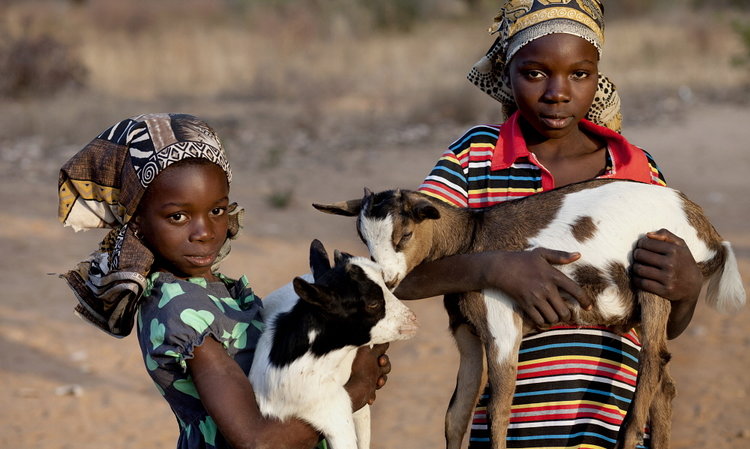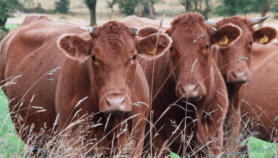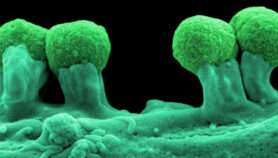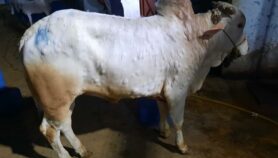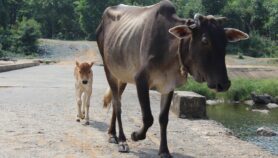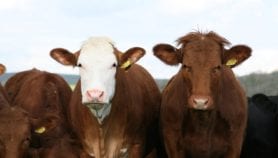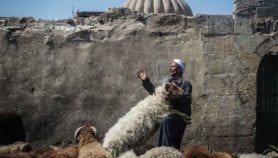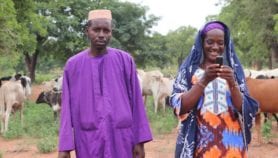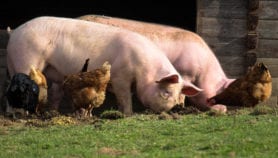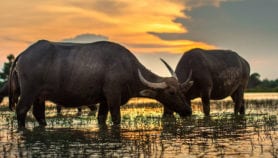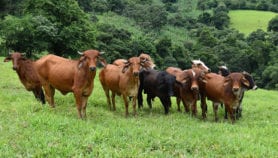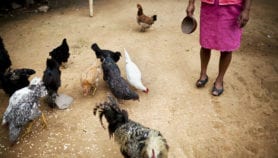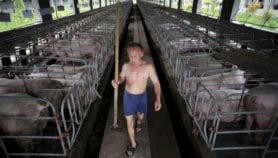By: John Bonner
Send to a friend
The details you provide on this page will not be used to send unsolicited email, and will not be sold to a 3rd party. See privacy policy.
Taking steps to manage livestock in the early stages of a drought can save millions of dollars in humanitarian relief later on, according to research funded by international aid organisations.
The research, undertaken by the United Kingdom’s Department for International Development (DFID), went into the second edition of the Livestock Emergency Guidelines and Standards handbook, which was launched in London, United Kingdom, earlier this week (9 February).
Tim Waites, an advisor on livelihoods and disaster resilience at DFID who has been involved in the work, says the work is hoped to result in better strategies to maintain livestock health in humanitarian crises.
The new guide highlights the importance of production and working animals to millions of people around the world who are among the most vulnerable to the effects of man-made and natural disasters. It is designed to advise governments and relief agencies on how to provide rapid assistance to livestock owners, protect farm animals as the emergency develops and rebuild animal stocks once the crisis is over.
“The new guide is a useful tool for humanitarians to use as part of their livestock-based programmes.”
James Sawyer, World Animal Protection
In a slow-onset emergency such as a drought, a vital step is to kill some of the animals before their condition deteriorates as food and water become scarce, says Waites.
This process, known as destocking, involves helping livestock traders remove surplus stock before animals become emaciated and lose value or die and become a health threat. Destocking and storing or selling the meat releases the value tied up in these animals and provides much-needed cash or food to vulnerable communities, the guide explains.
Waites’s study modelled the results of different strategies to deal with a drought observed in the Wajir region of northeastern Kenya in 2011. It compared the effects of a typically late response to an emerging crisis by national and international bodies with a strategy based on early destocking, along with other measures to protect the health of the remaining animals, such as providing funding for supplementary feed, water and veterinary care.
“This is not just about money, it is [also] about protecting livelihoods, allowing people to keep their animals and continue their way of life,” says Waites. “And it is very effective. We calculate that for every dollar spent on destocking, we can save US$390 in the value of lost cattle and the need for future aid.”
But often governments and aid agencies are reluctant to step in early, Waites explains, as they fear looking foolish if the impending emergency fails to develop as predicted. However, there is good evidence to show that such false alarms would have to be repeated many times to outweigh the benefits of an early intervention, the guide shows.
The guide was produced by the Livestock Emergency Guidelines and Standards Project, an independent initiative that aims to improve livestock-related projects in humanitarian situations. The book — published in Arabic, English, French, Spanish, Thai and Vietnamese — sets technical standards for interventions such as veterinary treatment, or providing nutrition and shelter for livestock.
The first edition was published in 2009 as part of the Sphere project, which advises on different aspects of responding to humanitarian crises. This guide provided the basis for a training programme aimed at relief organisations, which so far 3,500 people in 80 countries have undertaken, according to Sphere.
“[The new guide] is a useful tool for humanitarians to use as part of their livestock-based programmes,” says James Sawyer, director of disaster management with charity World Animal Protection. “It offers an operational solution to the non-animal specialist in ensuring best practice in assessing and delivering interventions.”
The updated version includes several issues that were overlooked in the original. One is a focus on gender and the need for aid organisations to understand the crucial role of women in livestock husbandry in Sub-Saharan Africa.
Emma Jowett, a consultant involved in the training programme based on the first edition of the guide, says that, in disaster situations, it is usually local men who turn up to meetings with staff from relief organisations to discuss their shared response. But it is usually the local women who are responsible for looking after the animals, so it is essential that they too are involved in the process, she says.
> Link to Livestock Emergency Guidelines and Standards
SciDev.Net is funded by DFID.


